In mid-October, the fortified hill town of Todi in Umbria goes all in for a costumed festival of maidens, falconers, jesters and archers in a ritual tribute to its patron saint, Fortunatus. The sixth-century bishop reputedly wrangled the release of 300 wealthy schoolboys who had been kidnapped by marauding Goths; saintly miracles later ensued, but those records seem lost to the sands of time.
However, it wasn’t a burning desire to catch a festival but a failure of modern technology that landed my husband and me in the middle of the historical re-enactment, our rental car swarmed by Middle Ages cosplayers. The ancient narrow streets had blocked satellite navigation.
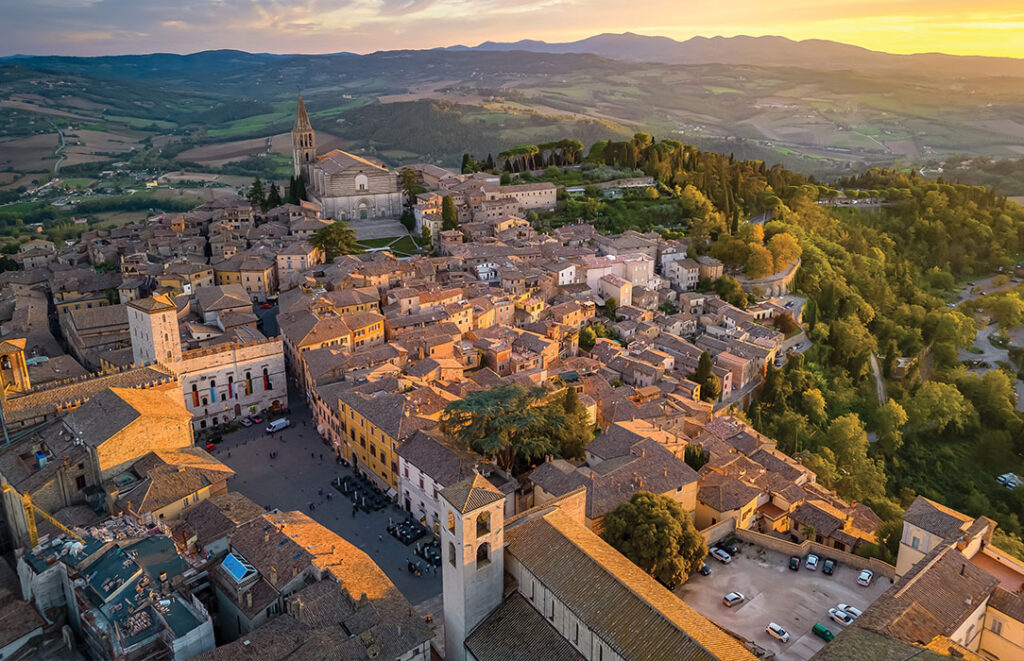
Todi, a fortified hill town in Umbria, was the author’s home base for an epic epicurean adventure. Photo: Fani Kurti/Getty images
How did we ever travel without navigational maps on cell phones? I do have fond memories of lodging my car in an alleyway in Nice in my early 20s with my girlfriends and a lot of chickens. But maybe maps were better, because this was a real pickle, and the costumes and steep hills were freaking me out. We were innocently out looking for a hatchet to tailor the kindling at our villa’s dramatic fireplace, with a stop at the town porchetta truck (which I had learned about, of course, online), but it seemed all the streets headed up into the walled city. We gave in to the crowd, parked at an alarming vertical angle, and ate excellent pizza alongside hundreds of archers.
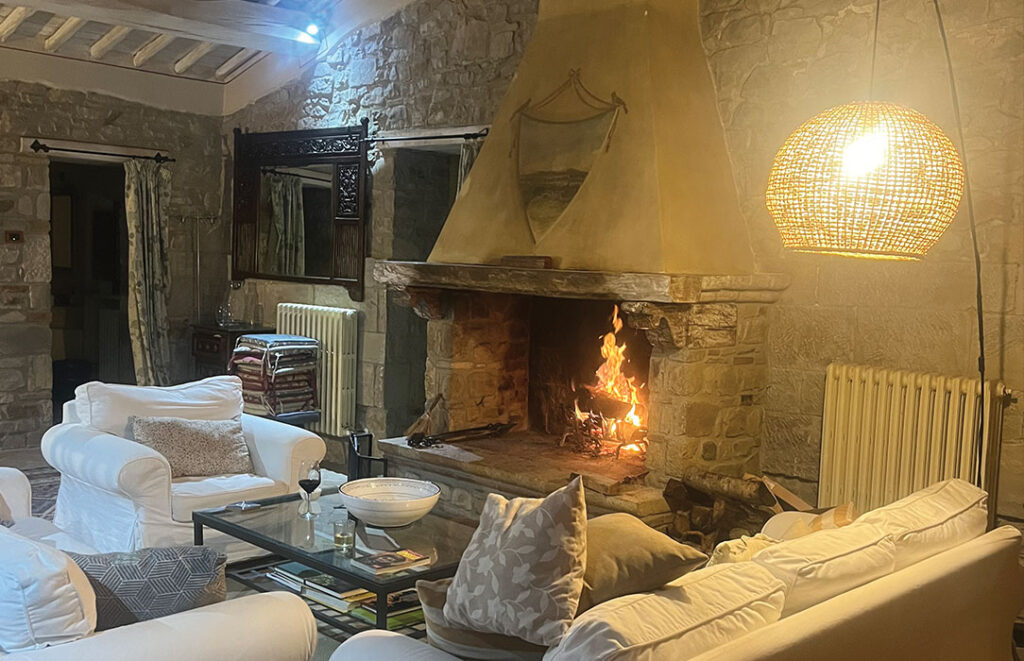
The charming old stone villa allowed the author to revive her tastebuds and love of cooking. Photo: Courtesy of the author
Food is forever my primary motivation for travel, but a trip to Italy this fall became a last-ditch effort to find my lost appetite. A stubborn abdominal infection and months of antibiotics that made everything taste like sawdust had robbed me of not just the joys of eating, but of cooking. Cooking has always sustained me, in hard times and in good, a way to direct my energy into something productive and nurturing. I was adrift without it.
During the pandemic, I became obsessed with an American-in-Italy food influencer, Elizabeth Minchilli, who divides her time between central Rome and Umbria. Safe in their idyllic stone villa in the hills of Todi, Minchilli, her husband Domenico, and one of their daughters, Sophie, ate food from their garden that made me weep. I learned a lot about simplifying my technique from her: One of her soups is just water, a surprising amount of olive oil, zucchinis, onion and field tomatoes. Set it for a long simmer until the simple flavours marry. It is a revelation.
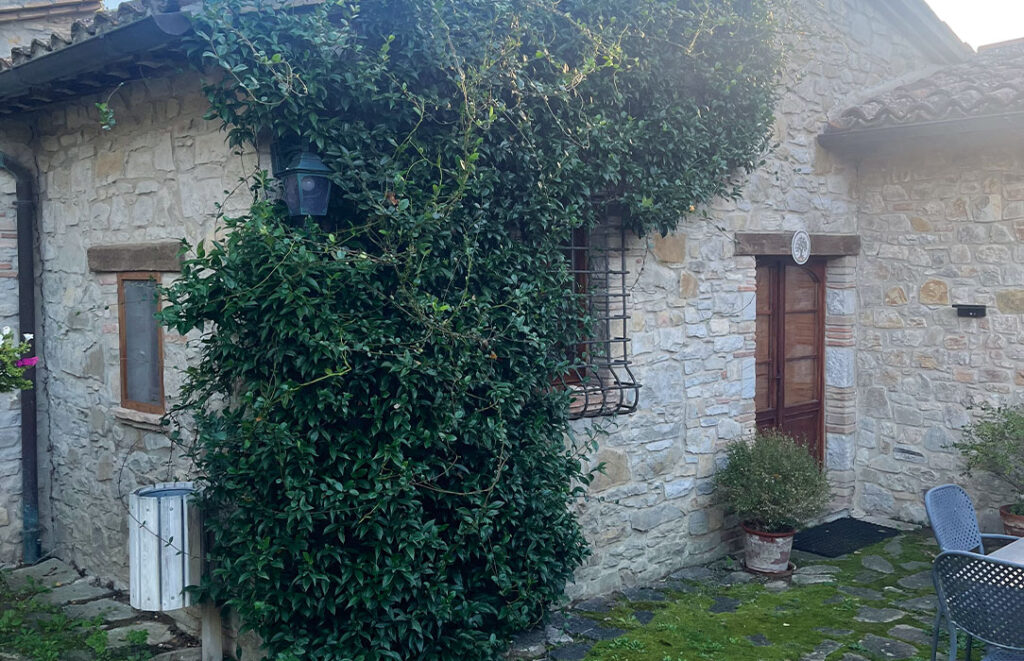
The idyllic stone villa in the hills of Todi. Photo: Courtesy of the author
A former 16th-century Medici garden scholar, Minchilli has written a number of design books, filed copy for Architectural Digest and Bon Appétit and now boasts 170,000 Instagram followers, who follow along on her aesthetic but uncontrived daily life from coffee runs to making dinner. Her whole vibe – the correct word is authentic, but it is so overused I can barely bring myself to type it – sparked a yearning in me for a rural lifestyle and a simpler, lighter, seasonally driven way to cook.
When we set our travel itinerary, I sold my husband on Minchilli’s Umbria, with Rome wrapped on either side of our rural stay. In the fall it would be cooler, with few tourists (although Rome is choked at all times, with the Trevi Fountain under construction, and the city frantically preparing for the Vatican’s Jubilee 2025, a special pilgrimage year that happens every quarter of a century).
I combed Minchilli’s subscriber blog, her Instagram and her new website, viarosaitaly.com, for clues. I cribbed notes for the local restaurants her family and their foodie friends frequented, where they take small groups on food tours, which Minchilli and her daughter lead around the country. I’m keen to participate in the food tours, to see the behind-the-scenes visits to olive oil presses and bufala mozzarella makers and artisanal ceramicists, but from a distance. I have a lifelong fear of groups. So recreating the food tour experience, but on our own schedule, felt like the way to go.
Mostly, I wanted to cook in the big, beautiful west-facing kitchen of the villa I’d found on Vrbo, with views of the rolling hills and sunsets. I wanted to make that soup, and pasta fagioli, and all the Italian cucina povera basics, with fresh local ingredients, the way they are meant to be.
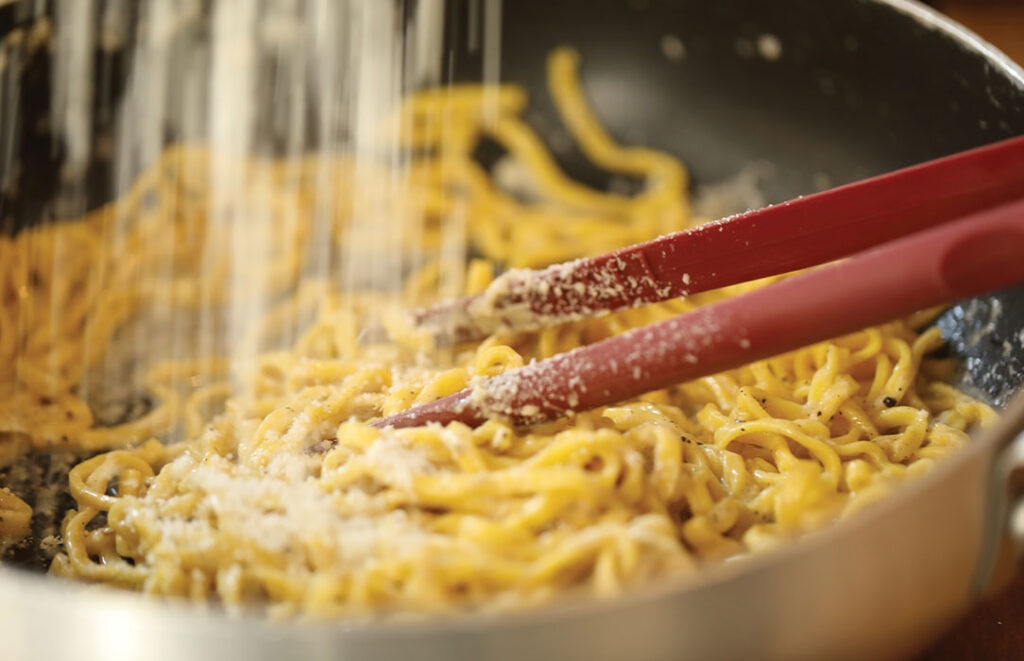
Photo: Courtesy of the author
Turns out I’m an excellent stalker. We booked the old stone villa that I figured was likely mere feet away from the Minchillis’ home, set on the impossibly winding roads two kilometres away from the teensy town of Izzalini, which is centred around a castle (now a hotel and apartments). Its one tabacchi/coffee bar, Kairos Kafe, serves truly excellent food in the hidden back rooms. It is the Minchillis’ local, I realized suddenly (from their blog), where the proprietor brings you out a fried quail’s egg on toast at the start of every meal.
Fall is porcini and truffle season here in Umbria, an area known for its wild boar, which is perfectly paired with strangozzi, the region’s own pasta shape. It is also olive harvest and oil pressing season and the new, bright green oil is a pungent revelation to be scooped up liberally with fresh bread. I eventually tracked down Minchilli’s porchetta truck, confirming it was the right one from a screenshot on my phone. I found their local farmer’s market, which was small in the shoulder season, but it still had everything you could possibly want in the mortadella, guanciale, Parmesan, gorgonzola and fresh vegetable departments.
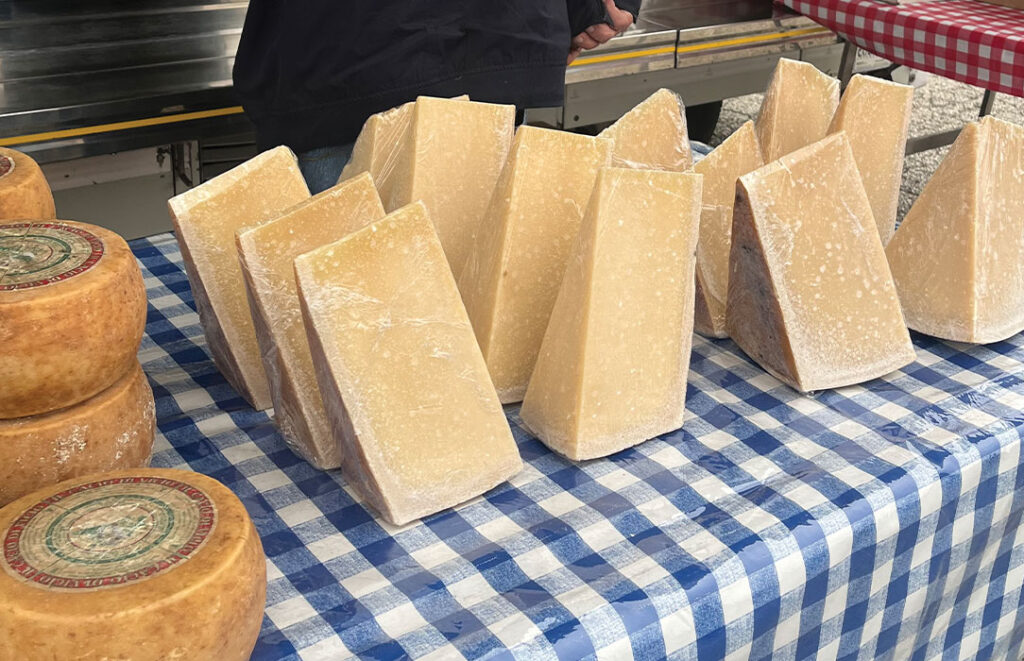
Wedges of Parmesan cheese at the local farmer’s market Photo: Courtesy of the author
While I settled in at the villa with a stack of books and practised my Italian basics, with ingredients we had spent days driving around to assemble, I sent my husband off touring. He visited Assisi and Orvieto and the tiny fortified hill towns like Narni and Amelia set between Rome and Perugia. When he came home, we feasted.
Food, finally, tasted like food again: Stopping to pause for a week with gorgeous local ingredients in an idyllic setting, made cooking pleasurable once more. Because I was manifesting an Italian food influencer’s life, I coaxed my husband Bob into a nightly cocktail on the terrace with a little bowl of potato chips; you guessed it, just like the couple somewhere down the road, as spied on social media. Dream pretty much complete.
We found we liked to go out for long lunches, and then come back home for simpler suppers by the massive stone fireplace. Even compared to our secluded farm in Huron County, the stillness of rural Umbria at night is next level profound. So, too, is the starry sky.
Our trip ended in Rome, jolting after a stint in the country, but there was more food detective work to be done, tracking down the best of the fabled Roman pastas – carbonara, of course, as well as amatriciana, gricia and cacio e pepe – and it was also the beginning of artichoke season. We stayed in trendy Trastevere, which wouldn’t have been my first choice, as the nightly street party carries on until the wee hours, but it was a lively contrast to Umbria. Plus, the legendary Bar San Calisto was around the corner, and it was always convivial, with clusters of people happily sipping under the streetlamps.
The great thing about travelling to a place you have been before is that you have most likely done all the major tourist stuff, which frees you up for side quests, like gelato hunting. For Rome food tips, I spoke with Minchilli’s daughter Sophie, author of Dolce Far Niente, a book on the Italian way of living and eating. The phrase translates as “the sweetness of doing nothing,” which resonated with me deeply on this trip: Once you see it, you can’t unsee it. Groups of Italian men and women, generally greying at the temples, gathered on benches and street corners, in town and out in the country, sharing gossip punctuated by lively gesticulation. This is the living, breathing opposite of social media, with in-person contact breeding contentment. Sophie told me there is even a word for retired Italian men who like to watch construction sites and toss out advice: umarell.
Sophie leads private food walking tours, and I had already culled a curated list of recommendations from her social media and from her various tour guiding sites. I had also tucked away years of advice following the mother-daughter team, noting down in one of my crazy phone lists their recommended restaurants for Rome.(Ristorante Nino near the Spanish Steps and La Matriciana dal 1870 in Esquilino were absolute standouts.) I also saved their advice. For instance: It isn’t worth going to the panini shop that’s gone viral on social media. In fact, the corner panini shop is just as good (and Autogrill, the Italian gas station food chain, is an unexpectedly solid choice, with decent coffee and sandwiches.)
In the end, the stalking was worth it: We didn’t have a single bad bite of food in two weeks. And most importantly, I got my groove back. If my hips are a bit fuller, so be it.


